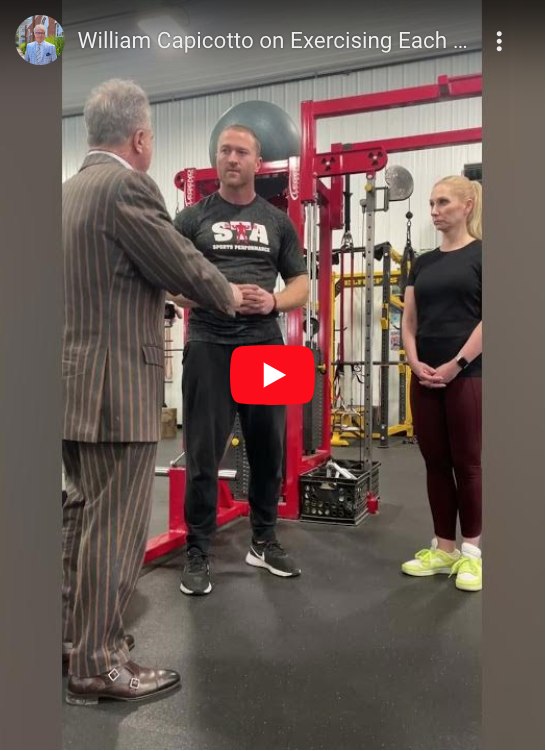
Do your neck and shoulders ache? In the past, you would have been told that rest was the key to pain relief. Nowadays, however, doctors are saying that it is better to keep moving than to rest. There is specific evidence that stretching and muscle strengthening is an effective treatment for people with neck and shoulder pain. For example, after a whiplash injury, patients will heal sooner and are less likely to develop chronic pain if they start gentle exercise as soon as possible. Exercise programs to stretch and strengthen the neck and shoulders improve both short and long-term pain better than the standard treatment with pain relief medication.
Still not convinced? Here are three reasons why staying active aids in neck pain relief.
Exercise keeps the neck muscles conditioned
When you stay active, you can see and feel the results. Simple things such as walking, housework, gardening, and other low-impact activities will get your muscles moving, including the muscles in your neck. For example, you may not think an activity like doing the dishes can work your neck, but it does. Your neck requires extra effort to support the head while bending down to load the dishwasher or reaching up to put dishes away. Doing little tasks throughout the day puts the neck through a wide range of motions and helps keep it in shape. Then when you are ready, you can start more high-impact exercises without risk of injury. If you spend a lot of time being inactive, your neck muscles will be deconditioned. A weak or tight neck is more susceptible to strains and sprains.
Boost blood circulation
Not only is getting up good for your muscles, but it is also good for your heart. It’s common sense that moving around is better than your circulatory system than sitting on a couch. Aerobic exercises get your breathing and heart rate elevated resulting in more blood pumping throughout the body. An increase in blood flow helps relax muscles and improve mobility. Also, after exercising, endorphins are released by the brain which may reduce some types of pain. Try to include a brisk walk, jog, swim, or a bike ride into your daily routine. It is recommended that adults get about 150 minutes of moderate-intensity aerobic exercise per week. This amounts to about a half hour, 5 times a week. Plus, not only will your body feel better, but you will also experience a boost in mood or energy after exercising.
Better posture
Think about how much your head alone weighs. Your cervical spine needs to support about 10-12 pounds while also maintaining good posture. When sitting in good posture, your ears should be directly over your shoulders in a neutral position. A forward bend of just 15 degrees will cause the stress on your cervical spine to more than double. In fact, the more your head and shoulders slouch, the more stress that is placed on the neck’s joints, muscles, and other soft tissues. This can be a problem for people with jobs that require them to look down or forward all day. When you stay active, it is easier to maintain a good posture, which leads to less pain in the long run.
A note when starting an exercise program
Unless a doctor has advised you to rest or limit neck movements, it is best to stay active every day. That being said, always consult your doctor before starting an exercise routine. Overworking the neck or doing repetitive motions can cause pain, so take breaks and avoid overworking yourself. If you have chronic pain that worsens with activity, consult a doctor. They will be able to suggest activities or exercises that are right for you.
When it comes time for you to discuss your treatment options, contact William Capicotto, MD.



